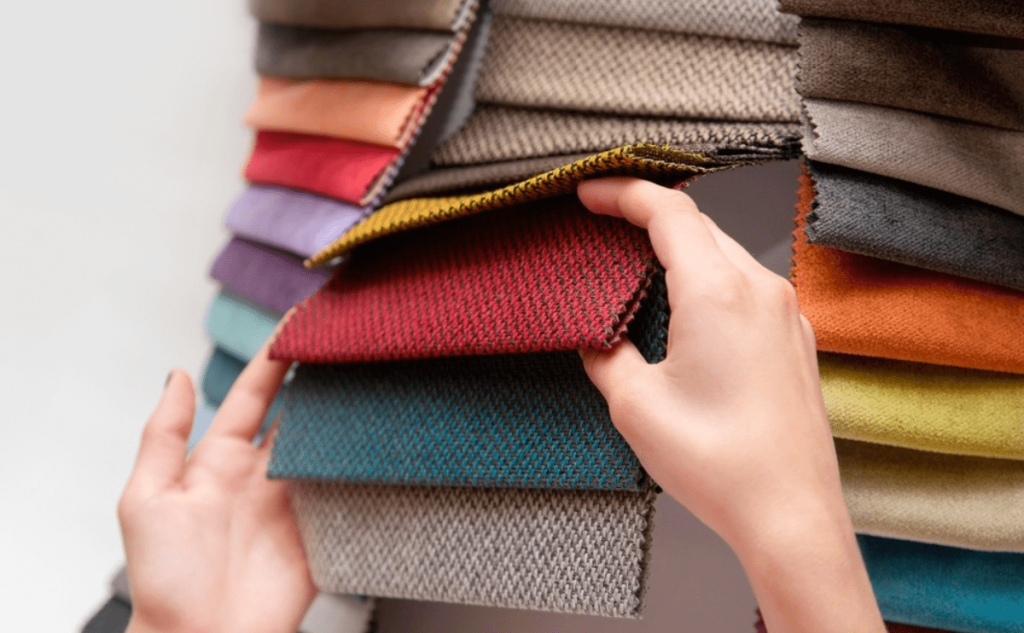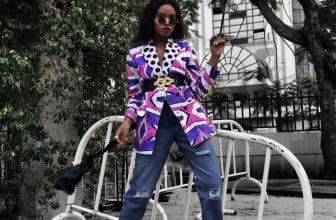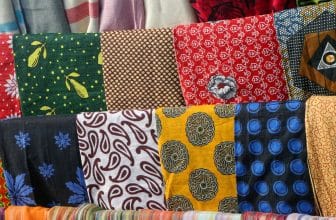How to Identify High-Quality Fabrics Before You Buy

Introduction
Have you ever bought a beautiful-looking fabric that lost its shape or color after the first wash? You’re not alone. In a world filled with synthetic blends and fast fashion, knowing how to identify high-quality fabrics before you buy is a priceless skill — especially if you sew, design, or resell textiles.
The truth is, not all fabrics are created equal. But with a few insider tips, you can easily spot the difference between a top-grade material and a low-quality one — just by touching, observing, and asking the right questions.
Here’s how to make sure your next fabric purchase is worth every naira, dollar, or pound.
1. Feel the Fabric — Trust Your Fingers
Good-quality fabric feels comfortable, substantial, and consistent. Run it between your fingers — it should feel smooth (if it’s silk or cotton), sturdy (if it’s denim or linen), and not overly stiff or scratchy.
![]() Pro tip: If it feels “too light” for its type, it might have been made with cheaper, thinner yarns.
Pro tip: If it feels “too light” for its type, it might have been made with cheaper, thinner yarns.
2. Examine the Weave or Knit
Hold the fabric up to the light. A high-quality fabric has a tight and even weave — meaning the threads are closely packed and consistent. Loose or uneven weaves are signs of poor production and will easily lose shape.
![]() Check for gaps or small holes — that’s a red flag for weak fiber structure.
Check for gaps or small holes — that’s a red flag for weak fiber structure.
3. Check for Color Consistency
Fold the fabric and compare shades on both sides. The color should be even and rich, not patchy or dull. Rub a white cloth on the surface — if dye comes off easily, the fabric may fade quickly after washing.
![]() Bonus: High-quality fabrics have depth in color, not a flat, printed look.
Bonus: High-quality fabrics have depth in color, not a flat, printed look.
4. Stretch Test for Durability
Gently pull the fabric widthwise and lengthwise. Good materials recover their shape immediately; poor ones stay stretched out or form small wrinkles.
![]() Try this: Stretch denim, jersey, or knit fabrics slightly — if they snap back without warping, they’re strong.
Try this: Stretch denim, jersey, or knit fabrics slightly — if they snap back without warping, they’re strong.
5. Inspect the Edges and Finish
A premium fabric will have neat, well-cut edges and clean selvedges (the finished edge that prevents unraveling). Frayed, messy, or poorly aligned edges often signal low-quality weaving.
![]() Pro tip: High-end fabrics also resist pilling — those tiny fabric balls that form after a few wears or washes.
Pro tip: High-end fabrics also resist pilling — those tiny fabric balls that form after a few wears or washes.
6. Test Breathability and Weight
High-quality natural fabrics like cotton, linen, and silk allow air to pass through easily, keeping you cool. If the fabric feels suffocating, rubbery, or sticky, it’s probably full of synthetic fibers or cheap blends.
![]() A good rule: if it feels good against your skin, it will wear well over time.
A good rule: if it feels good against your skin, it will wear well over time.
7. Ask About Origin and Composition
Don’t be shy to ask your fabric seller where the material comes from. Quality textile mills are known for consistent standards — for instance, Italian wool, Japanese denim, or Nigerian Ankara prints.
![]() Read the tag or label if available — knowing the fiber content helps you predict its care, durability, and feel.
Read the tag or label if available — knowing the fiber content helps you predict its care, durability, and feel.
Conclusion
Knowing how to identify high-quality fabrics isn’t just about shopping smart — it’s about respecting your craft. The right fabric gives your design life, confidence, and longevity.
So next time you go fabric shopping, take your time. Touch, stretch, observe, and compare. With practice, your instincts will sharpen, and you’ll be able to spot premium quality instantly — like a true fabric pro.






